We spent a couple of days hanging out on the beach at Daniel’s Bay. It was a nice quiet place to just float in the water and enjoy the views around us. Did a little snorkeling, but the visibility in the Marquesas tends to be pretty terrible because of the routine rains and the steep walls of vegetation all around. The water may be nice and clean, but you usually can’t see more than a few feet in front of you.
We got notice that our alternator had arrived, so we headed back to Taioha’e to pick it up. After firing up the engines I saw that one of our chartplotters was giving me a “Recovery Loader Ready” error and a blank screen. The other chartplotter has never worked right, and died completely a couple of weeks earlier. I can’t tell you how much I hate having a bunch of Garmin systems all tied in together. For one thing, chartplotters are ridiculously expensive and are about as technologically advanced as a flip phone. This is the first boat I’ve owned that I actually kept the chartplotters (in part because they are so built in that it’d be impossible to get rid of them). Previously, I’ve always just used an iPad (laptop on the first boat). I really don’t understand the need for these “fancy” chartplotters at all.
Anyway, since the chartplotter is the only way to view depth and speed on this boat I figured it’d be something I’d have to fix when we got back to town. Fortunately, depth isn’t an issue in that bay and I knew where to anchor already.
As we motored out of the bay the autopilot gave me a warning that it had lost communication with the GPS. Yet another reason not to have all this crap tied in together. None of my previous autopilots were linked to a GPS. I simply set it to a compass heading, and that’s where it steers. I then check the charts every now and then and adjust a degree or two as necessary. Now as we cruised along the autopilot steered us thirty degrees off course one way, then the other, drunk out of its mind. Glad that we were only going five miles I turned off the autopilot and sat at the wheel. Not something I would like to have happen while on a long passage, that’s for sure.
Having aft steering stations is a plus and a minus. The pluses are that they make space for a much larger and comfier cockpit, and when docking they are super convenient, especially if single-handed. The minus is that you don’t have the view commanded by sitting up above the cockpit roof (at the same time I also consider not having that ugly box up there on the roof a plus). Normally I can see right through the windows of the boat just fine, for the most part, but when we’ve got the shades up, or I’m steering through a bunch of boats in an anchorage I find that steering with a foot from up above works well. I think the biggest concern with these steering station setups comes from weekend cruisers who do a lot of busy bay cruising and docking. As a world cruiser I’d say the autopilot does 99% of our steering and the other 1% of the time is pretty easily handled.
We came into the bay and saw that the supply ship (and half cruise ship) was in port. Bonus, as that meant there would be some new selection at the grocery stores.
We slipped right back into our routine here. Our dogs were happy to have us back. Apart from our regular three, this friendly girl came and joined us one day.
It’s not always perfect here, though free boat washes are usually appreciated.
Off to get baguettes. They are about three feet long and cost a dollar. We buy a couple every other day, eat them fresh the first day, and make toast, or garlic bread the next day. Rinse, repeat.
Our food stores are being depleted rather rapidly. Ali was able to clean up our storage room quite a bit.
One of the recent rains sprung a new leak. Roof leaks are no fun to track down. The first step on this boat requires dropping ceiling panels. The leaks so far on this boat have almost universally been tracked back to the solar panels on the roof. Usually through where the wire goes from the panel through the roof.
Cleaning up and fiddling around with water pumps. Still didn’t get the alternator, but it’s somewhere on the island.
Dug into the Garmin electronics problem. After a lot of troubleshooting I discovered that disconnecting one of the ethernet cables from the chartplotter solved the issue. I also updated all the firmward, which is a ridiculously involved process of tracking down Garmin downloads on the internet, transferring them to memory cards, and then somehow making the chartplotter recognize that you’re ready for it to update.
When talking to a friend the next day I mentioned I wasn’t even sure what the ethernet cable does. He said that on his boat it is connected to the radar. I went back and flipped the switch for radar, and sure enough, we now have no radar. Awesome. I really, really, hate having everything tied together.
Jackpot. First time we’ve seen eggs in the Marquesas, despite the non-stop cacophony of roosters in the mornings. The locals must keep the hens to themselves.
Nights here are just amazing. Stars are out by the millions, and anchor lights dot the sky around us. Speaking of which, our anchor light (and running light) is still out and no spares are to be found. I did confirm the voltage at the top of the mast, at least, so I can be fairly confident new bulbs will do the trick. Kind of surprised not to find a spare anywhere on the boat.

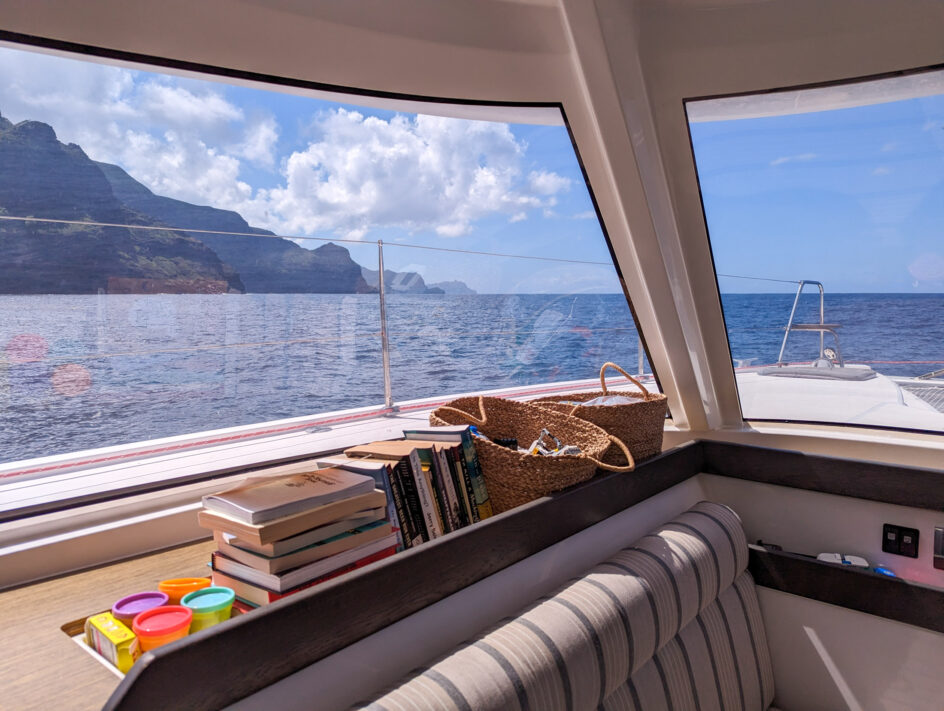
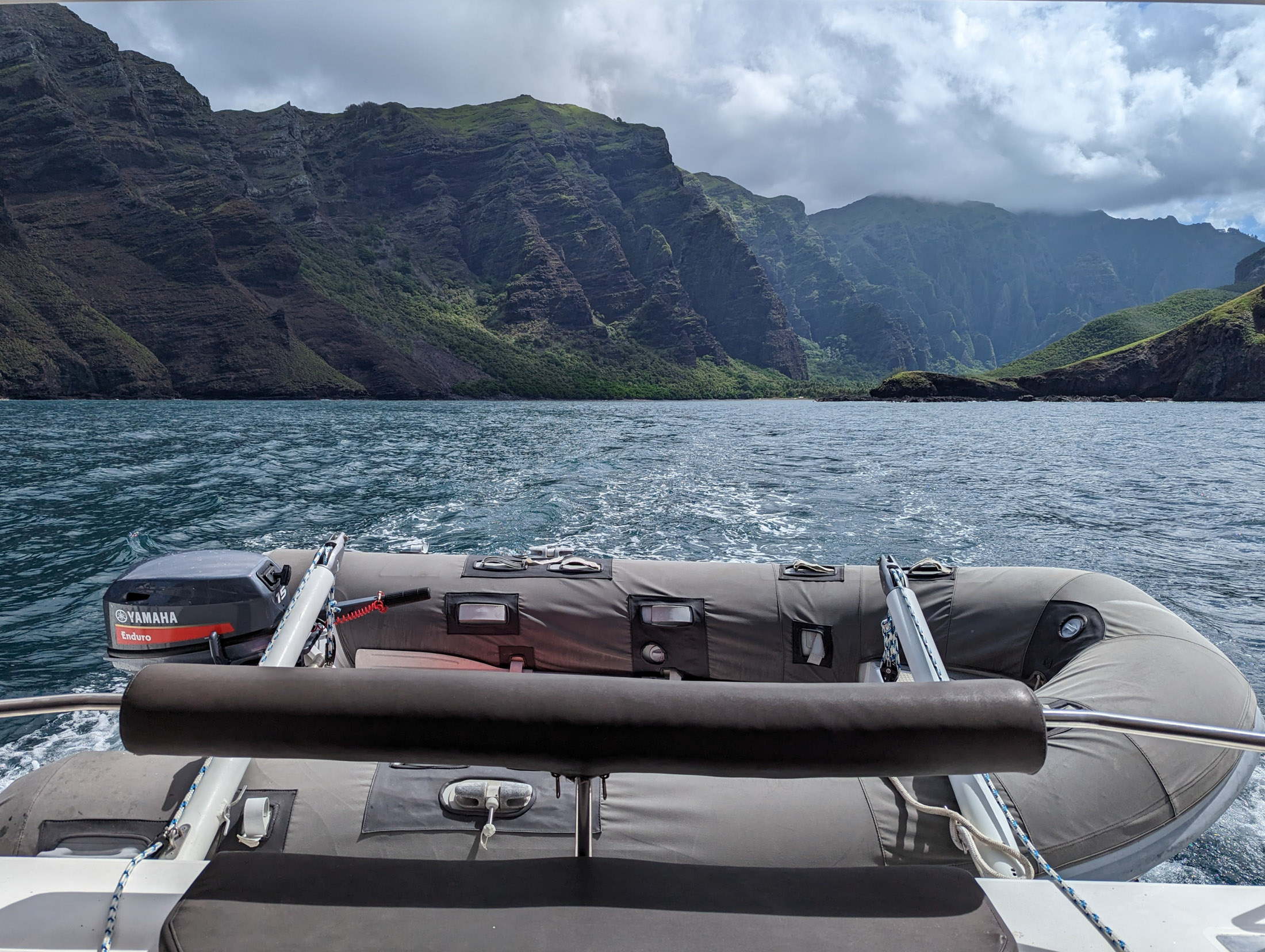
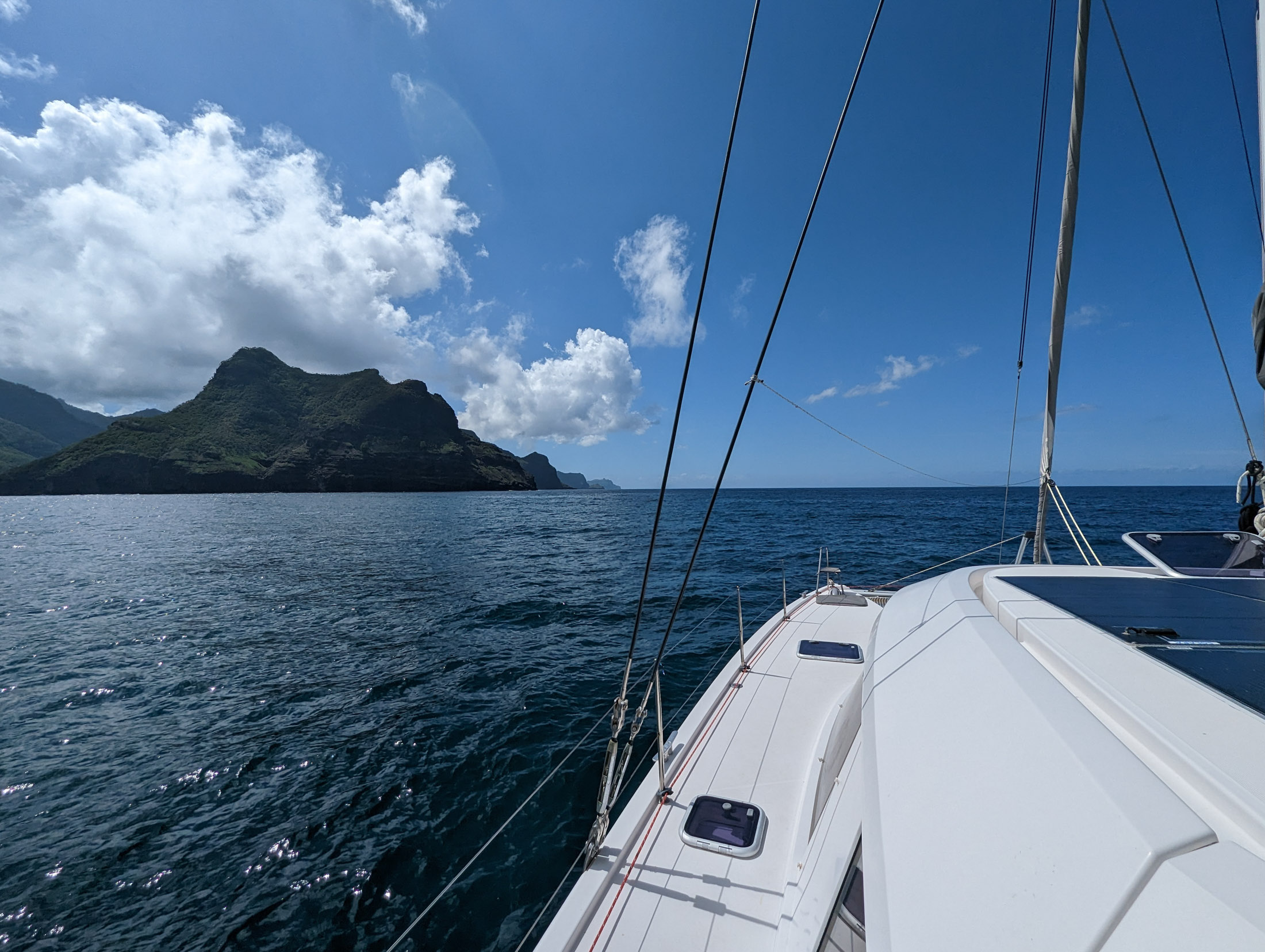
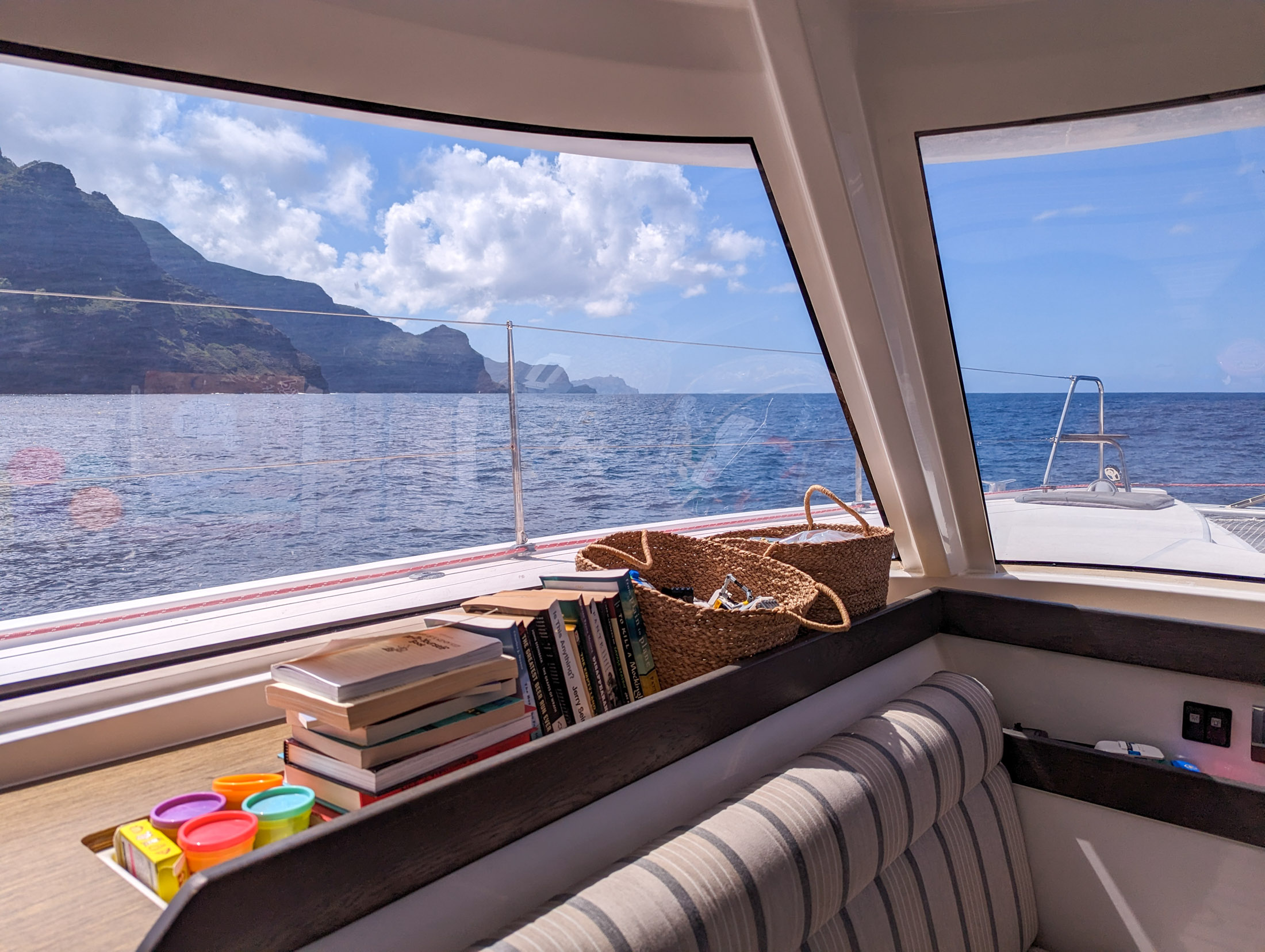
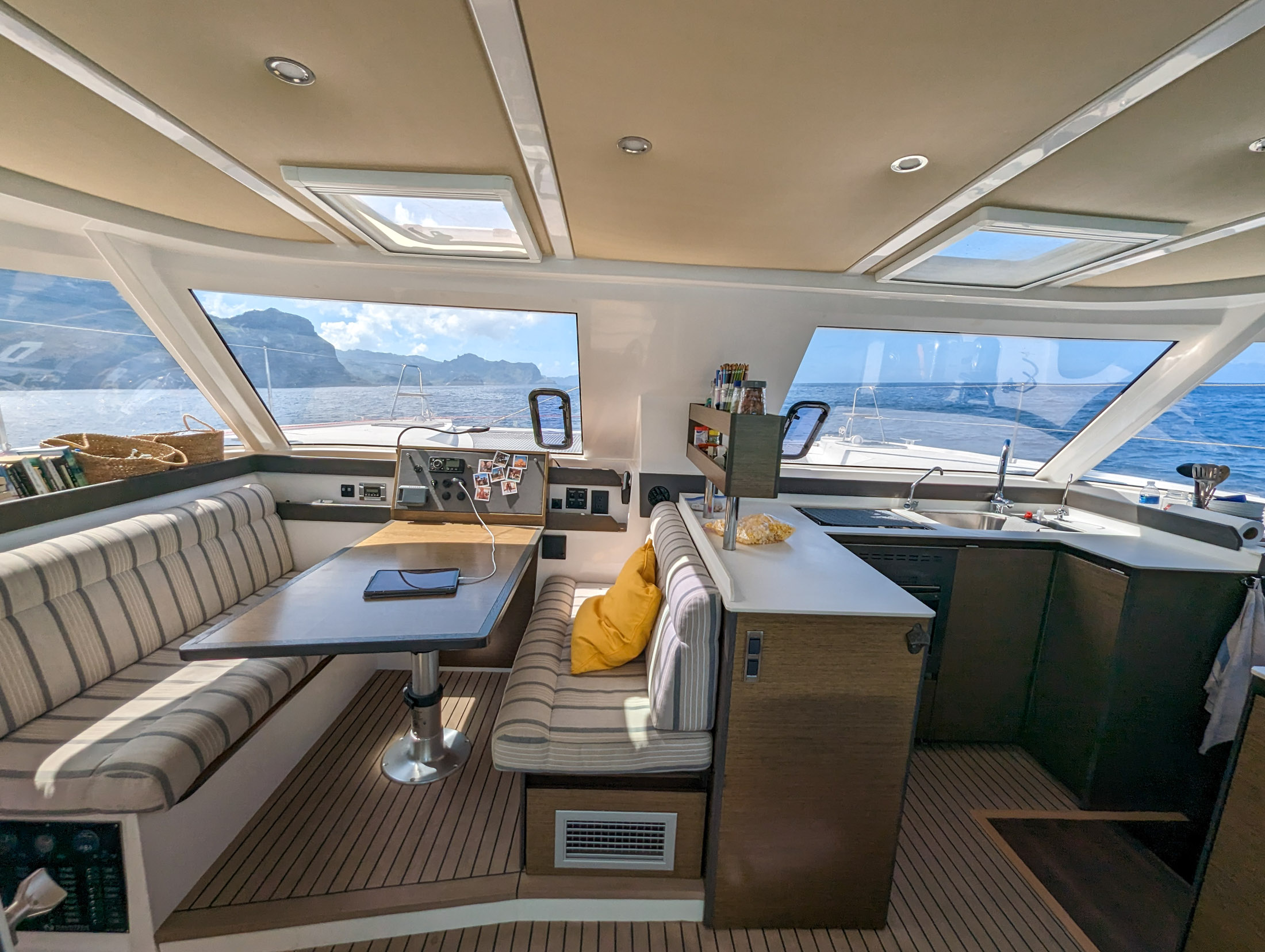
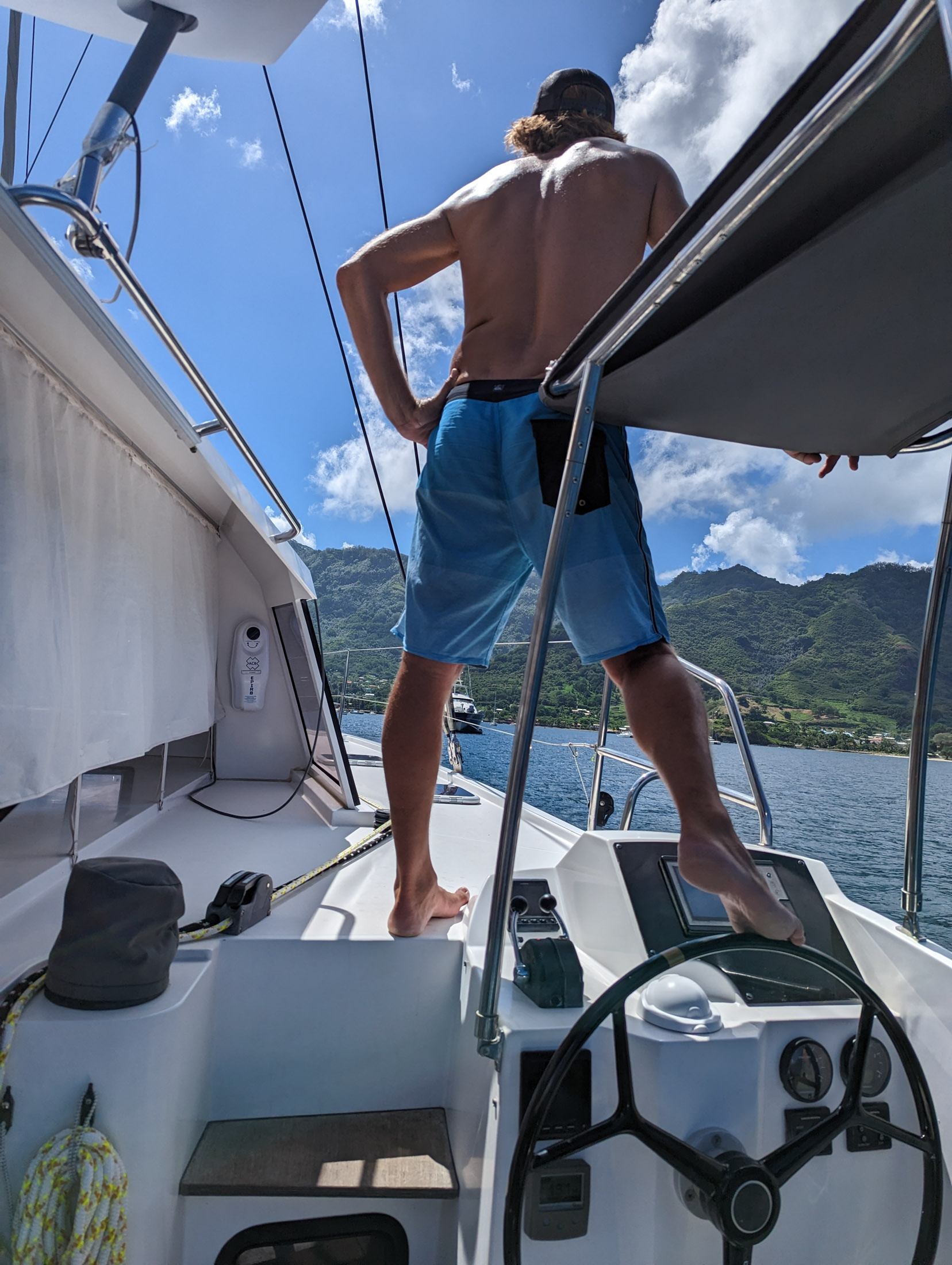
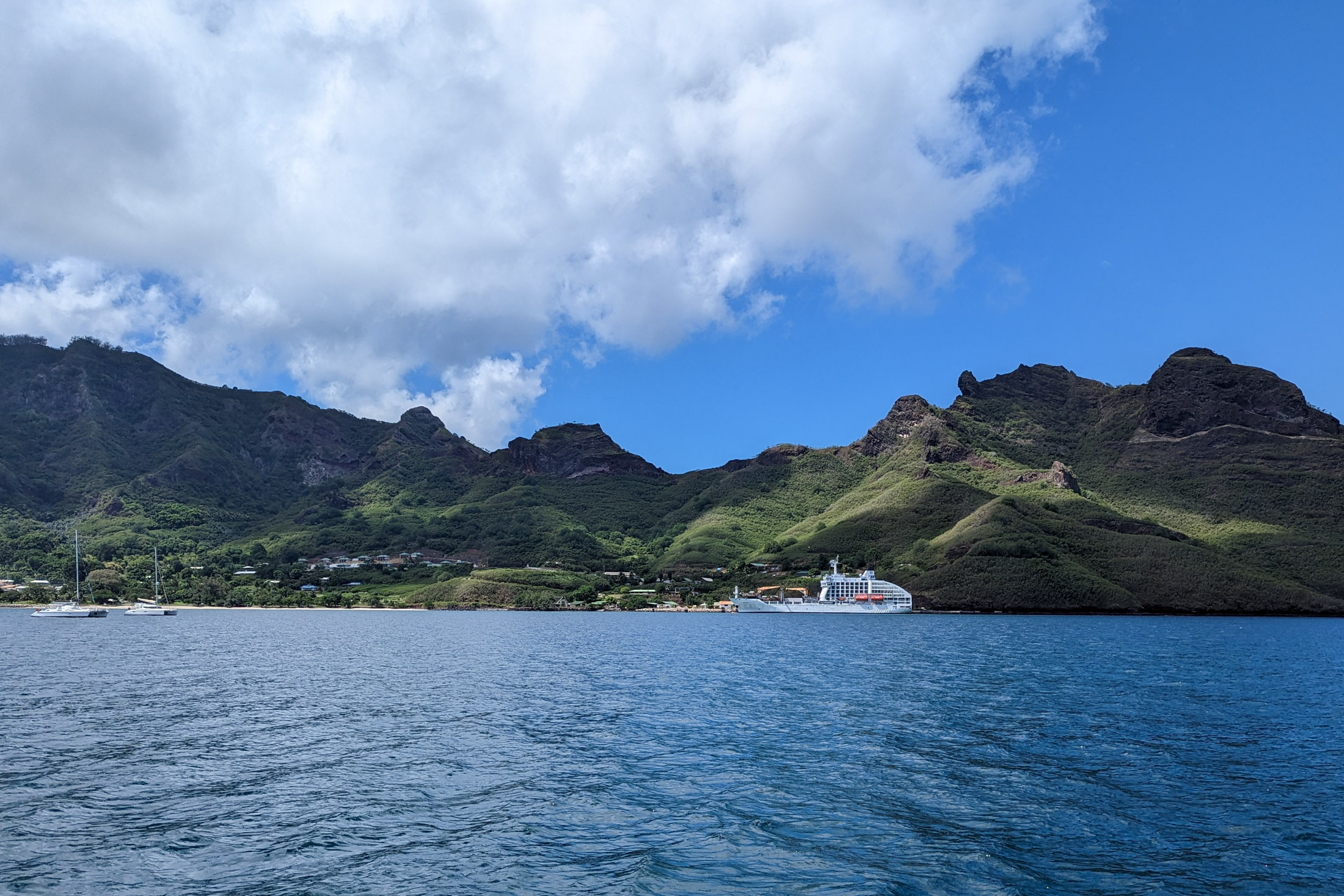
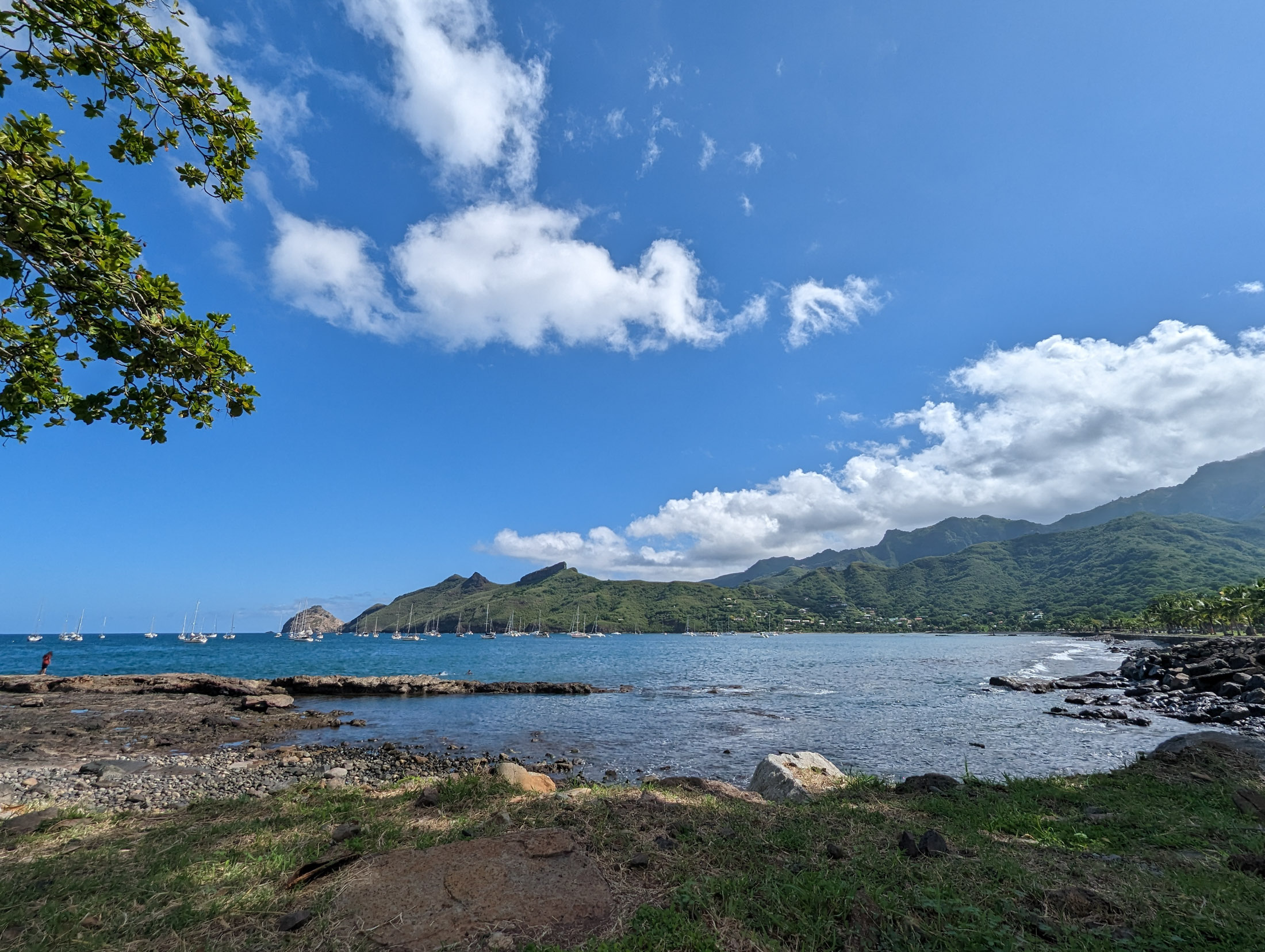
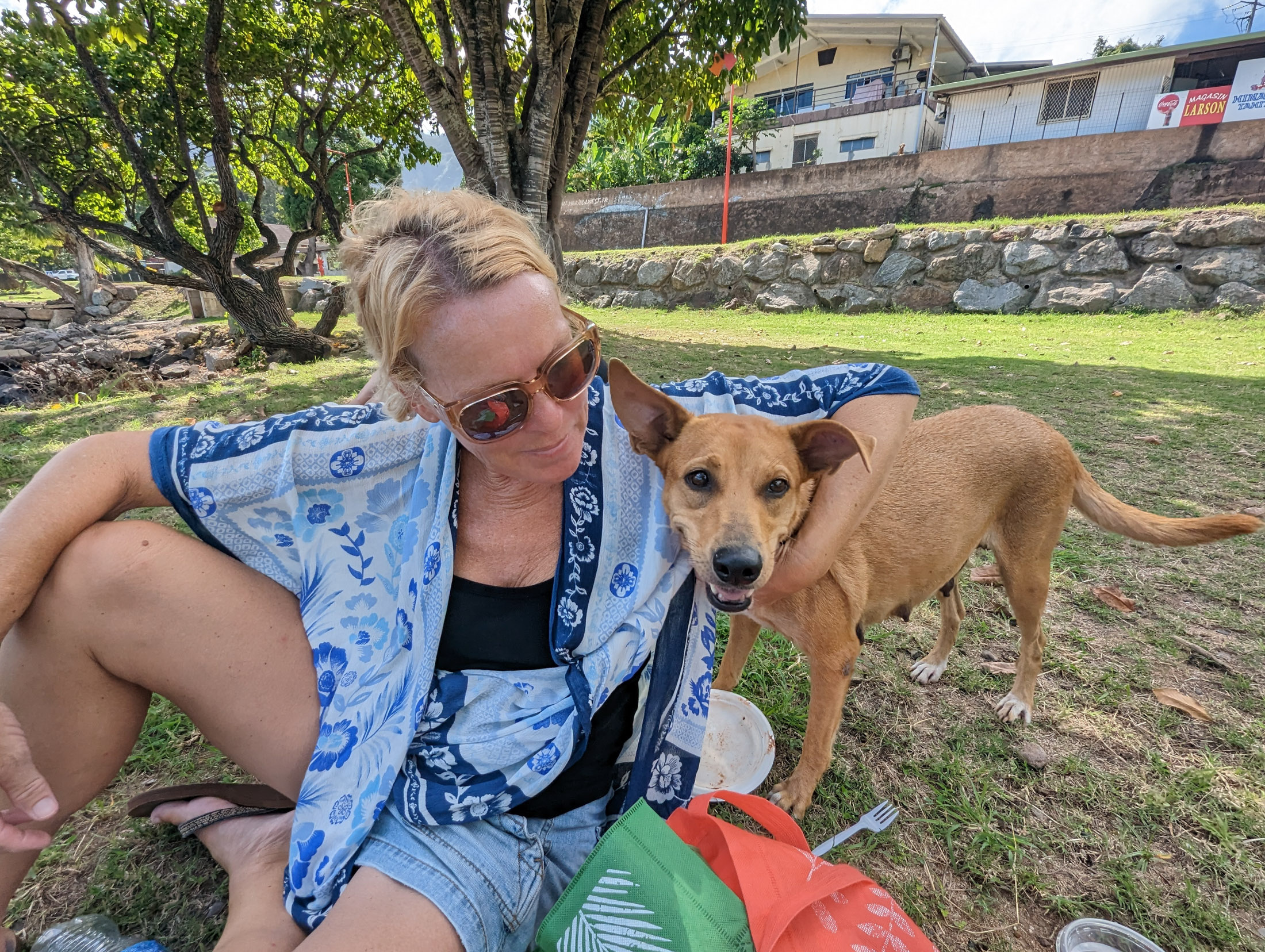
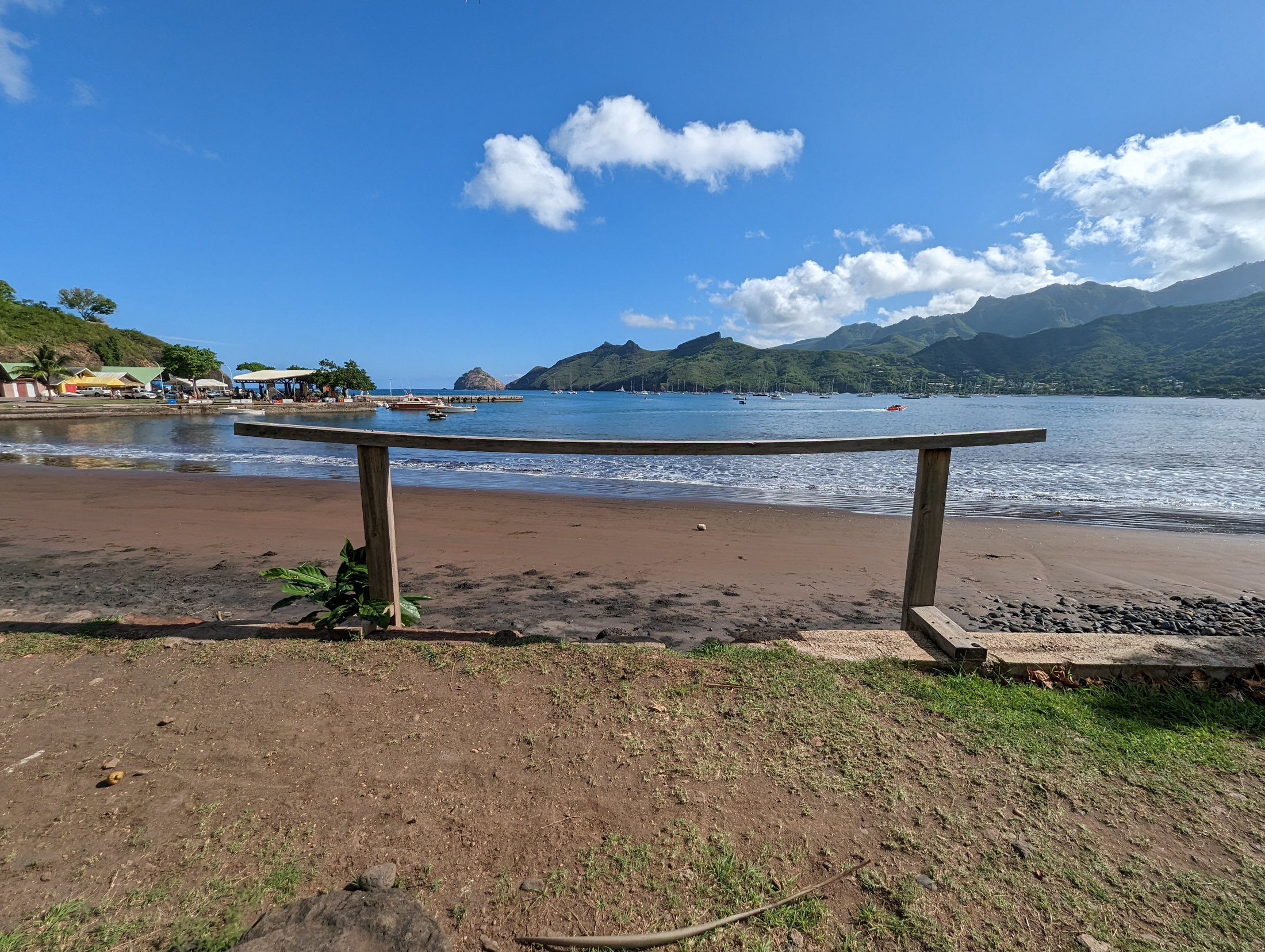
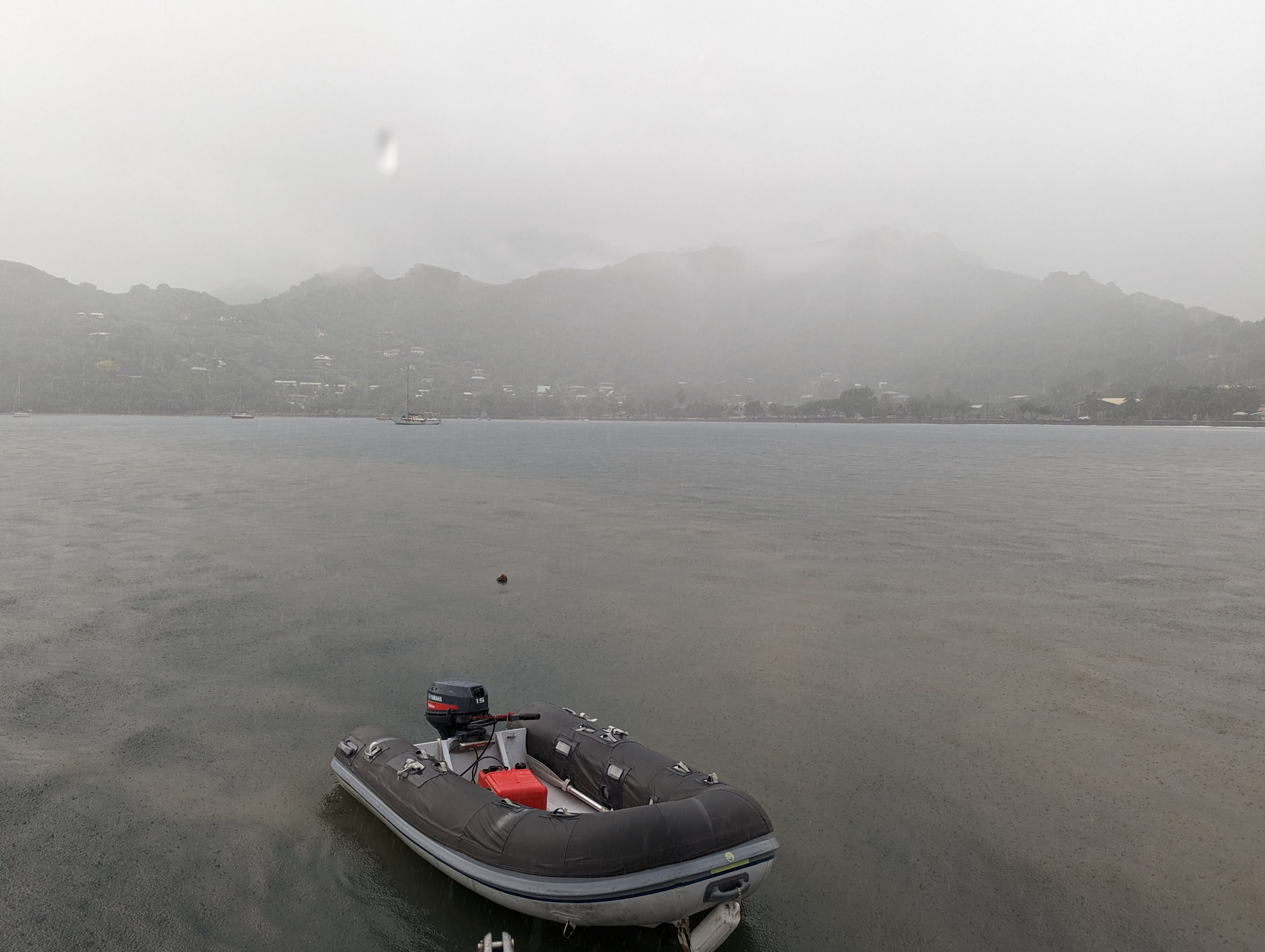
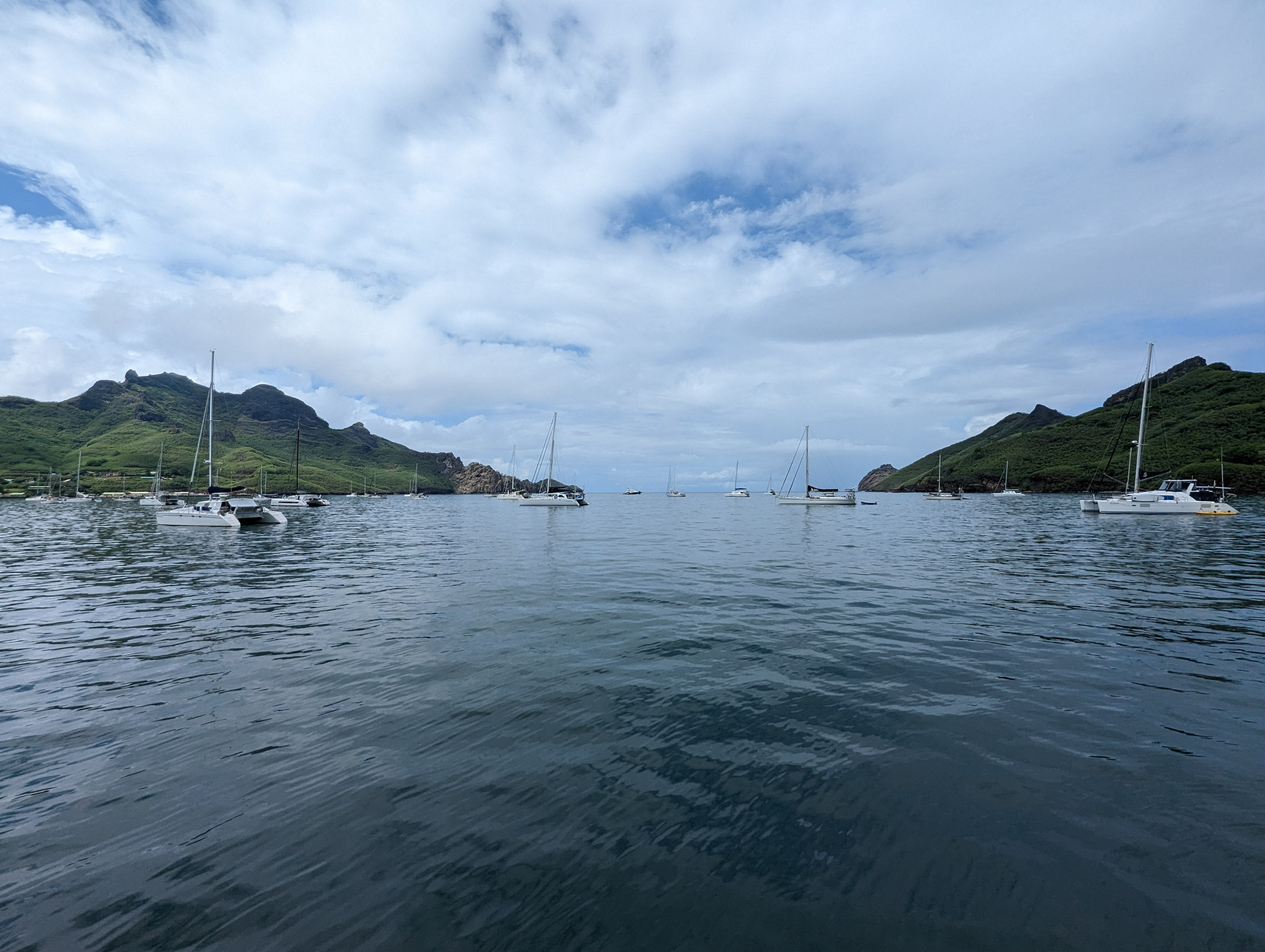
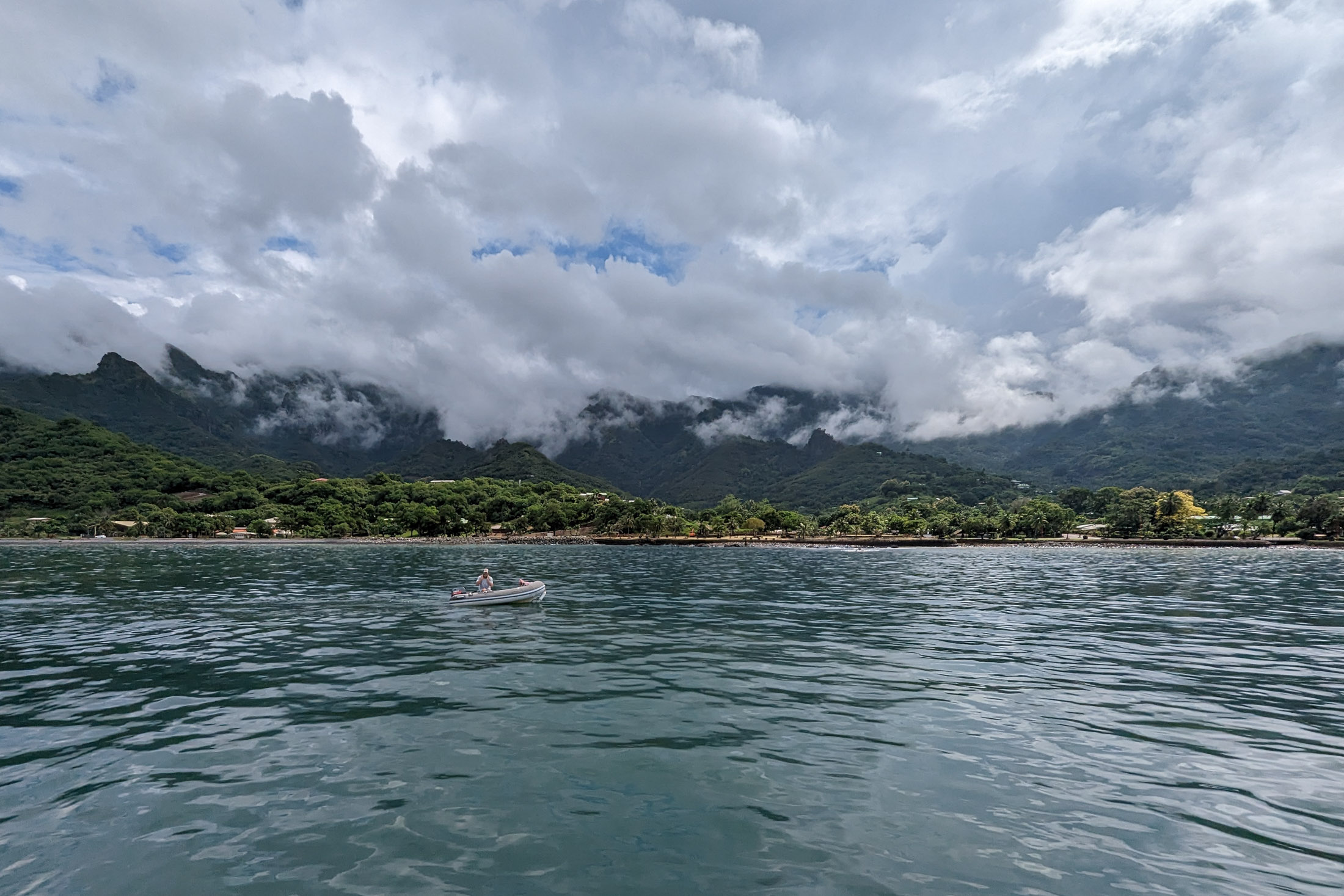
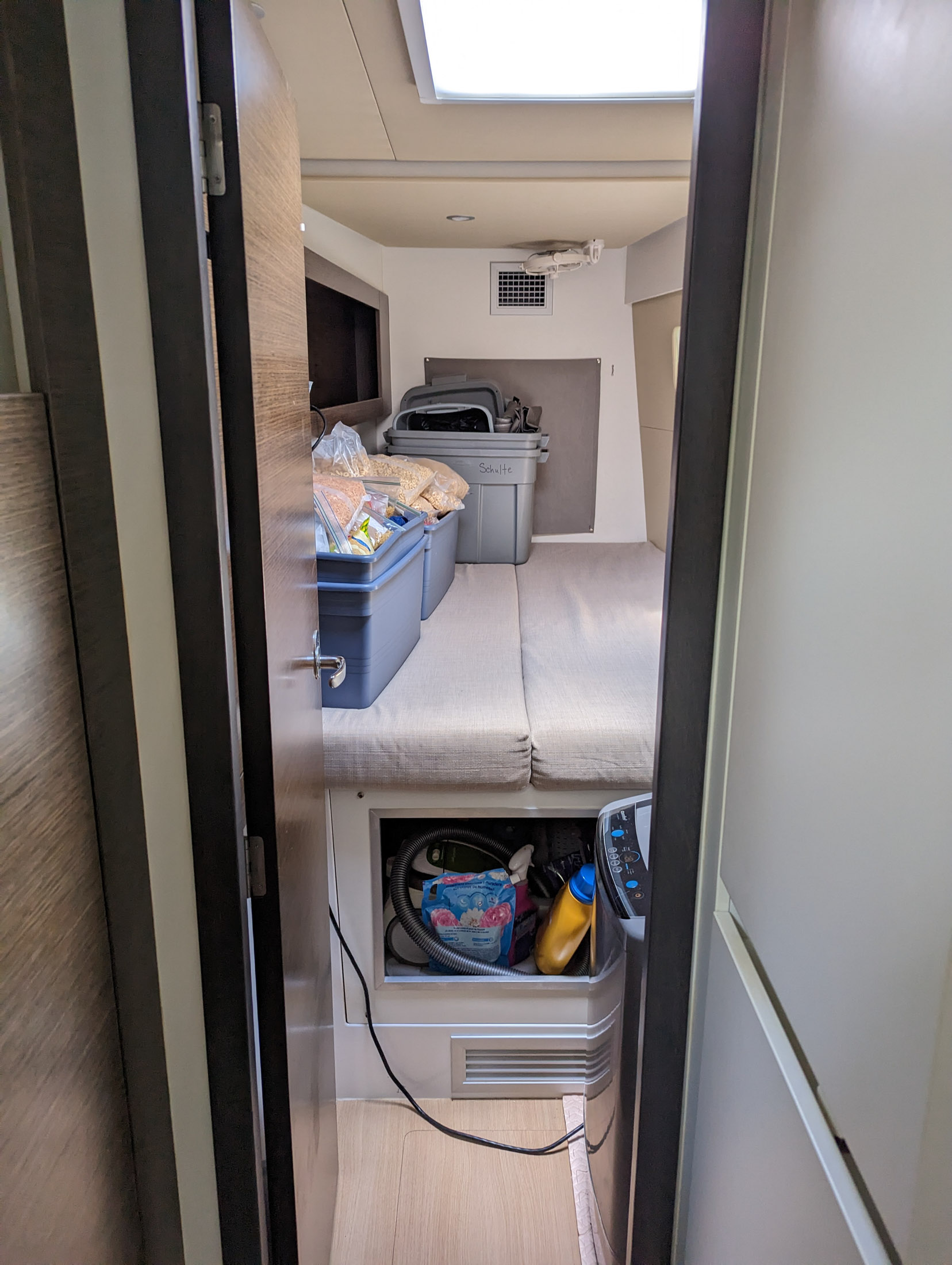
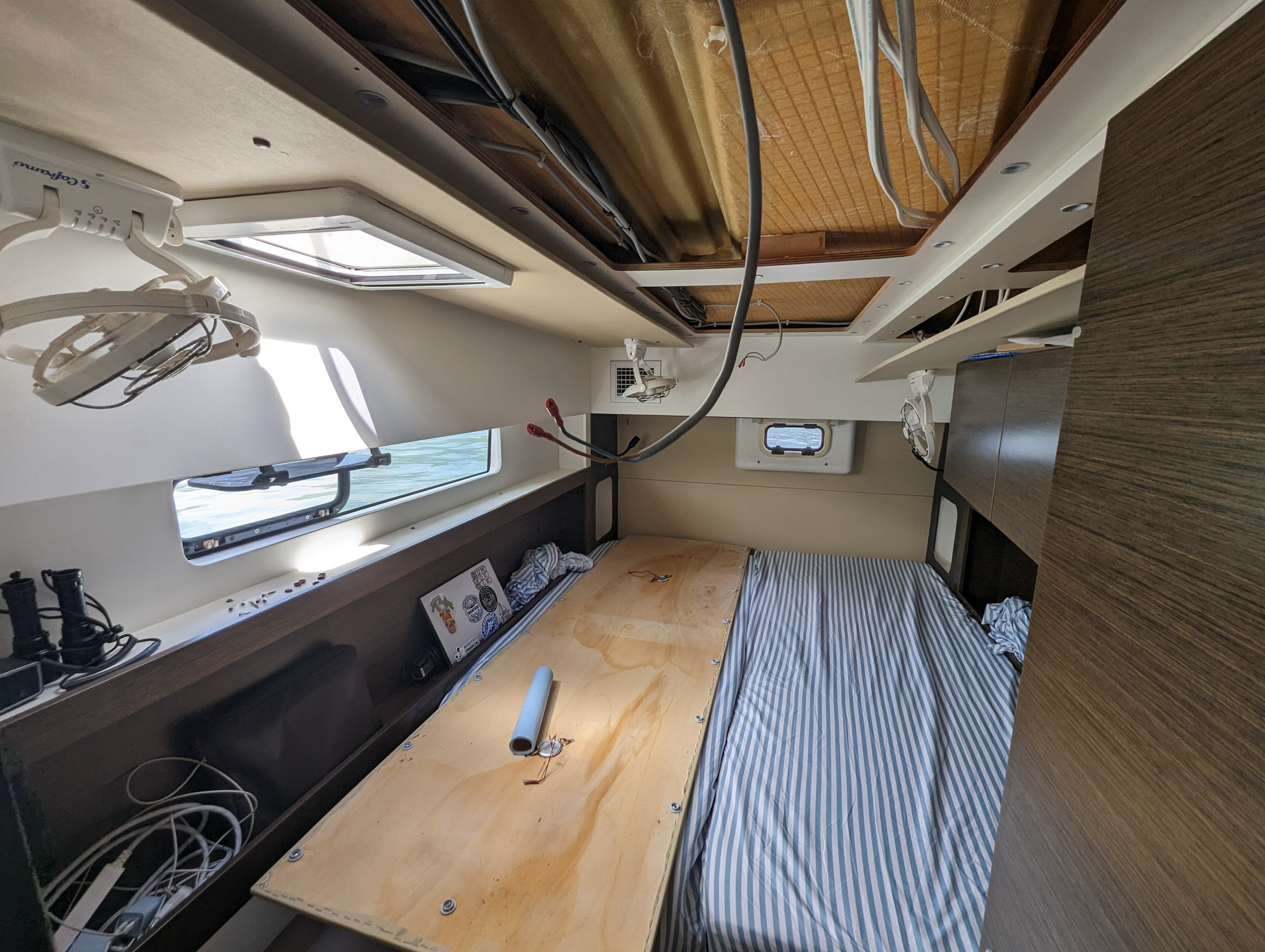
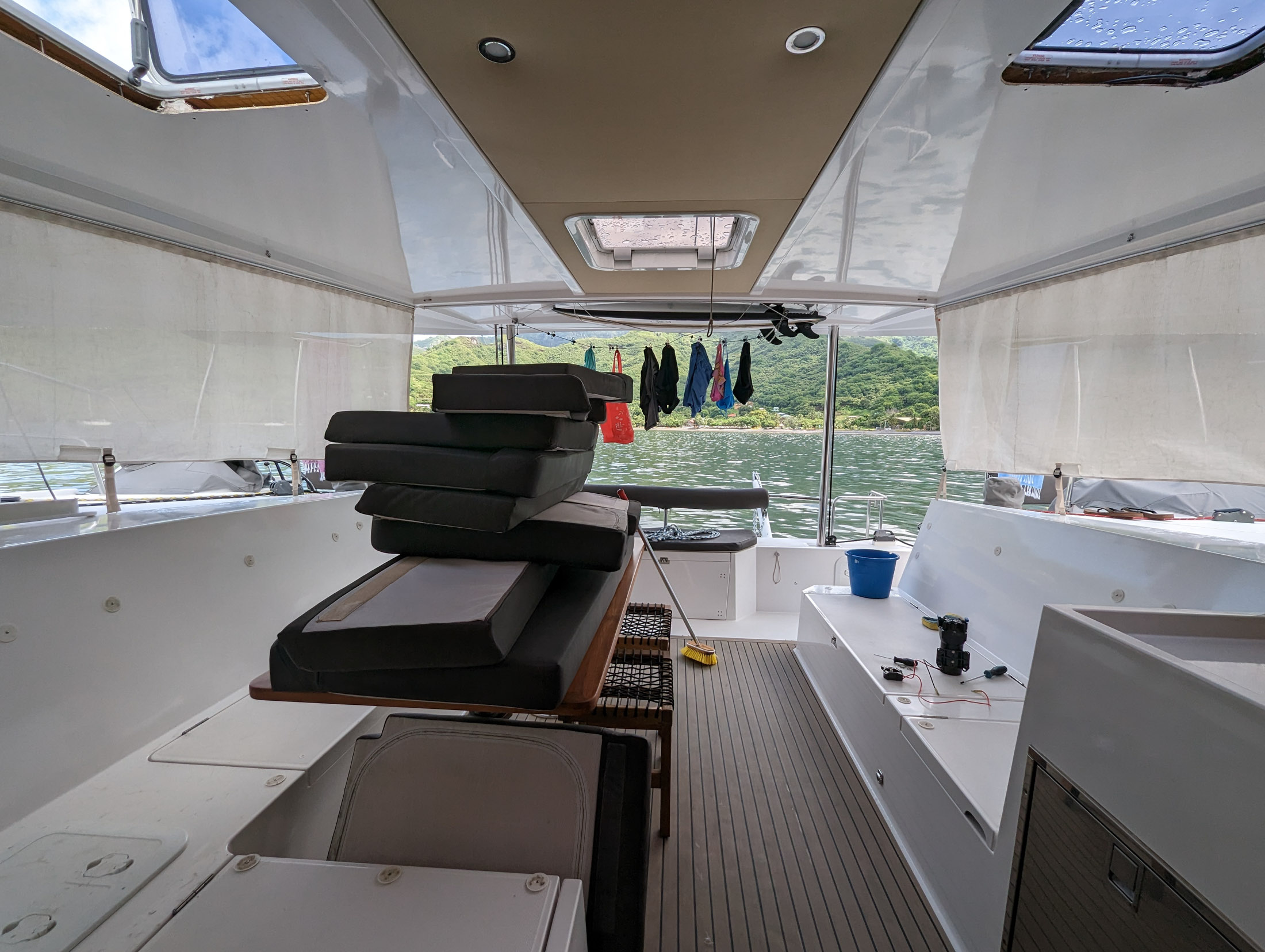
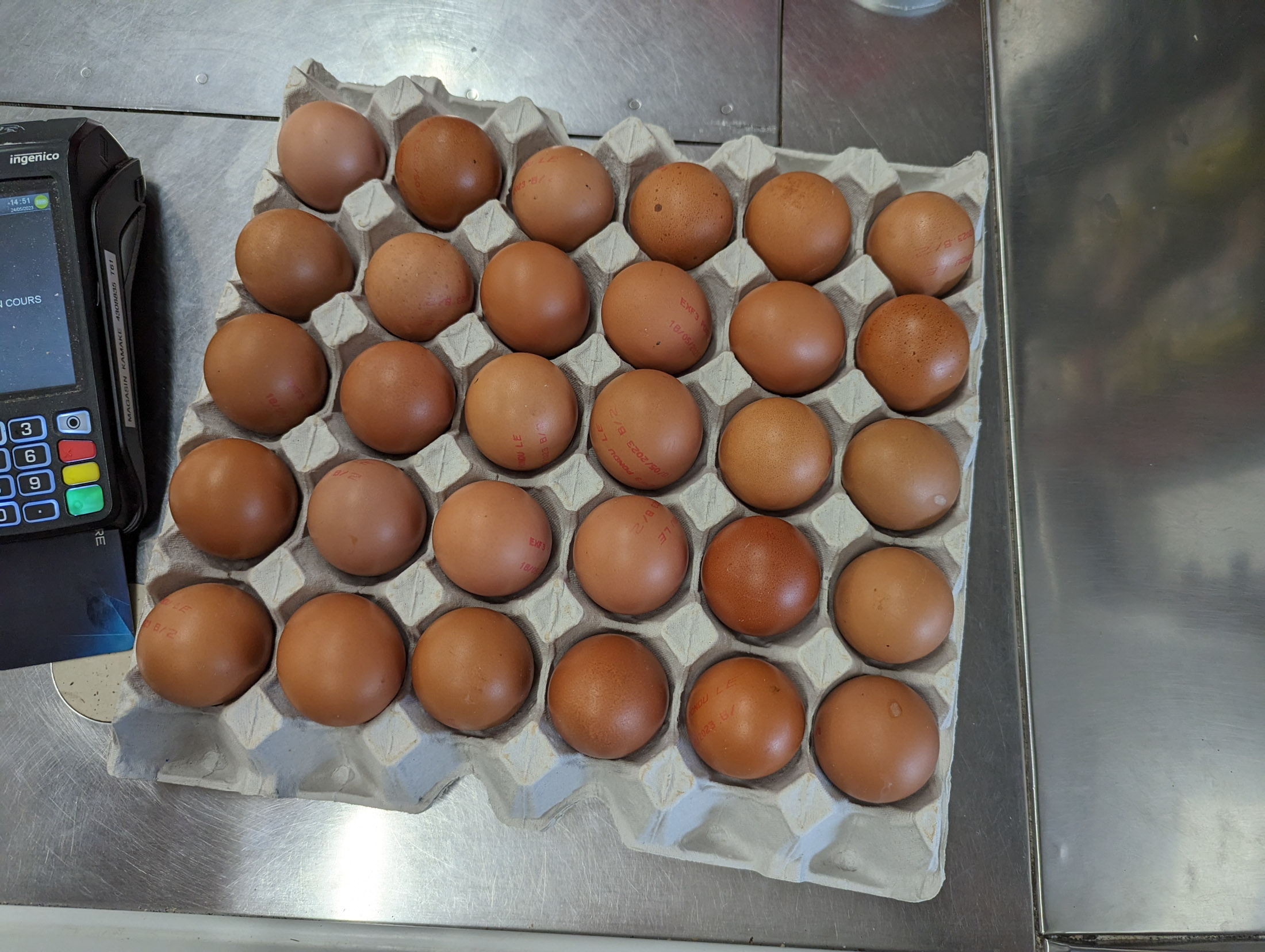
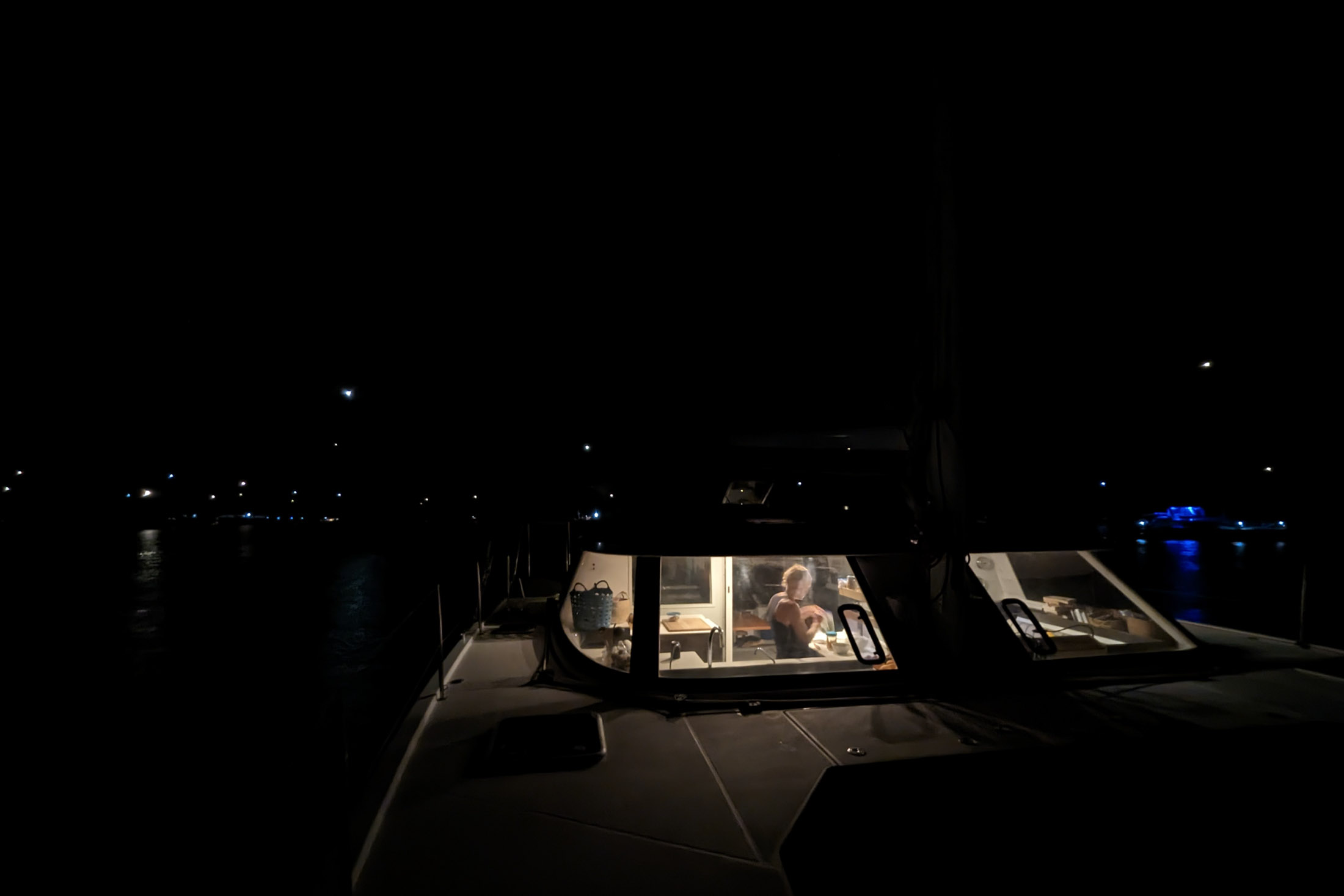
7 Comments on “Boat Tinkering”
The photo of you steering with your foot is too funny!
Glad to know I am not the only person who steers with their toes on a regular basis.
Have you seen the Southern Cross yet. 😉
I agree on the interconnected electronics, and keep them all as standalone units. If the gps goes down, the autopilot will soldier on just fine. Same with wind instruments: I never let them talk to the autopilot. We always have someone on watch when we’re underway and, so far, it hasn’t burned anyone’s brain out to check our position and heading while they’re lounging in the cockpit.
We also let the autopilot do about 99% of the steering once we clear the harbor mouth. It’s usually a better helmsman than most humans.
Safe travels…
Jeanne Socrates might be in Taiohae Bay right now, the kids (and you) might enjoy meeting her, she is quite the inspiration. SV Nereida, a center cockpit monohull.
Do not get me started on Garmin products. I could get ranty real quick…
What an amazing journey! Take me with you please!